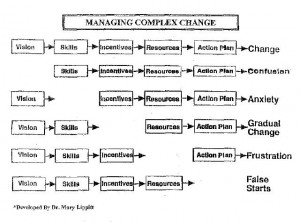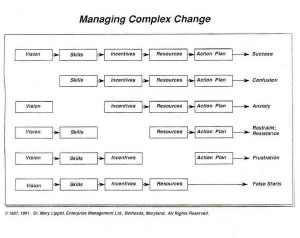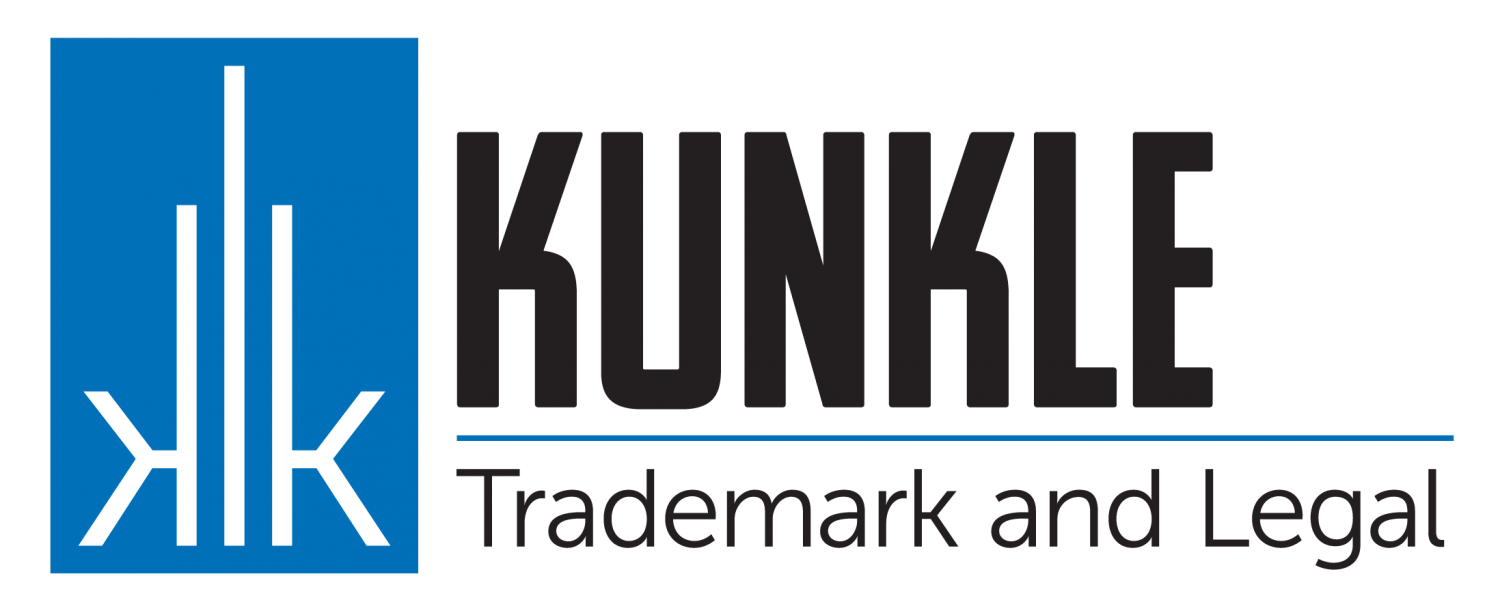Courts sometime get the right answer for the wrong reason. In a recent case in the US Tenth Circuit (Enterprise Management Limited, Inc. v. Warrick); the court discussed a diagram of a basic idea which was the basis of the defendant copying a similar diagram to explain the same concepts. While the end result was correct in this circumstance, the reasoning used falls short.
Where concepts or ideas are being presented there is a general rule that expression and ideas are sometimes merged and therefore the copying is allowed to not allow the copyright owner to weld exclusive rights to the idea. The Enterprise Management court articulated this by noting:
“In short, the copyright law is not a patent law: it protects the expression of ideas rather than the underlying ideas themselves. Feist Publ’ns, Inc. v. Rural Tel. Serv. Co., 499 U.S. 340, 344-45 (1991) (“The most fundamental axiom of copyright law is that no author may copyright his ideas or the facts he narrates.”) (quotations omitted). And, when a work expresses an idea in the only way it can be expressed, courts deny those expressions protection under the “merger doctrine” to avoid giving the author a monopoly over the underlying idea. See Gates Rubber Co. v. Bando Chem. Indus., 9 F.3d 823, 838 (10th Cir. 1993). Conversely, when an idea is capable of many different “modes of expression,” the expression of the idea is eligible for copyright protection. Apple Computer, Inc. v. Franklin Computer Corp., 714 F.2d 1240, 1253 (3d Cir. 1983).5”

Infringing Diagram 
- Original Diagram
The court analyzed a fairly basic diagram similar to what we have all seen on countless Power Point slide, comprising a series of rectangles. Although the original was no longer in use, but a modified version using different shapes, the court held, correctly, that the diagram is protected by copyright. The real issue in my mind is to what degree that protection extends – with a diagram based on common shapes, typefaces, and general structure the strength of the copyright protection is limited, as the protection is limited by the limited methods in which to express the idea. The diagrams are virtually identical, excepting for the border around the title page. While that the court was correct in its’ holding, the court seemed to indicate it would find the same even of the diagram had included a significant deviations to the aesthetic elements, instead basing the similarities on the use of boxes and other common design elements and implying the only acceptable method of circumventing this thin copyright was to use an entirely different diagramming method in affect allowing the copyright holder to lay claim to entire concepts based on the charting tool used. Using the court’s analysis, parties wishing to lay broad claims to concepts and ideas could circumvent the merger doctrine, by going into any basic diagramming program, entering in the data and allowing the program to kick out different charts.
